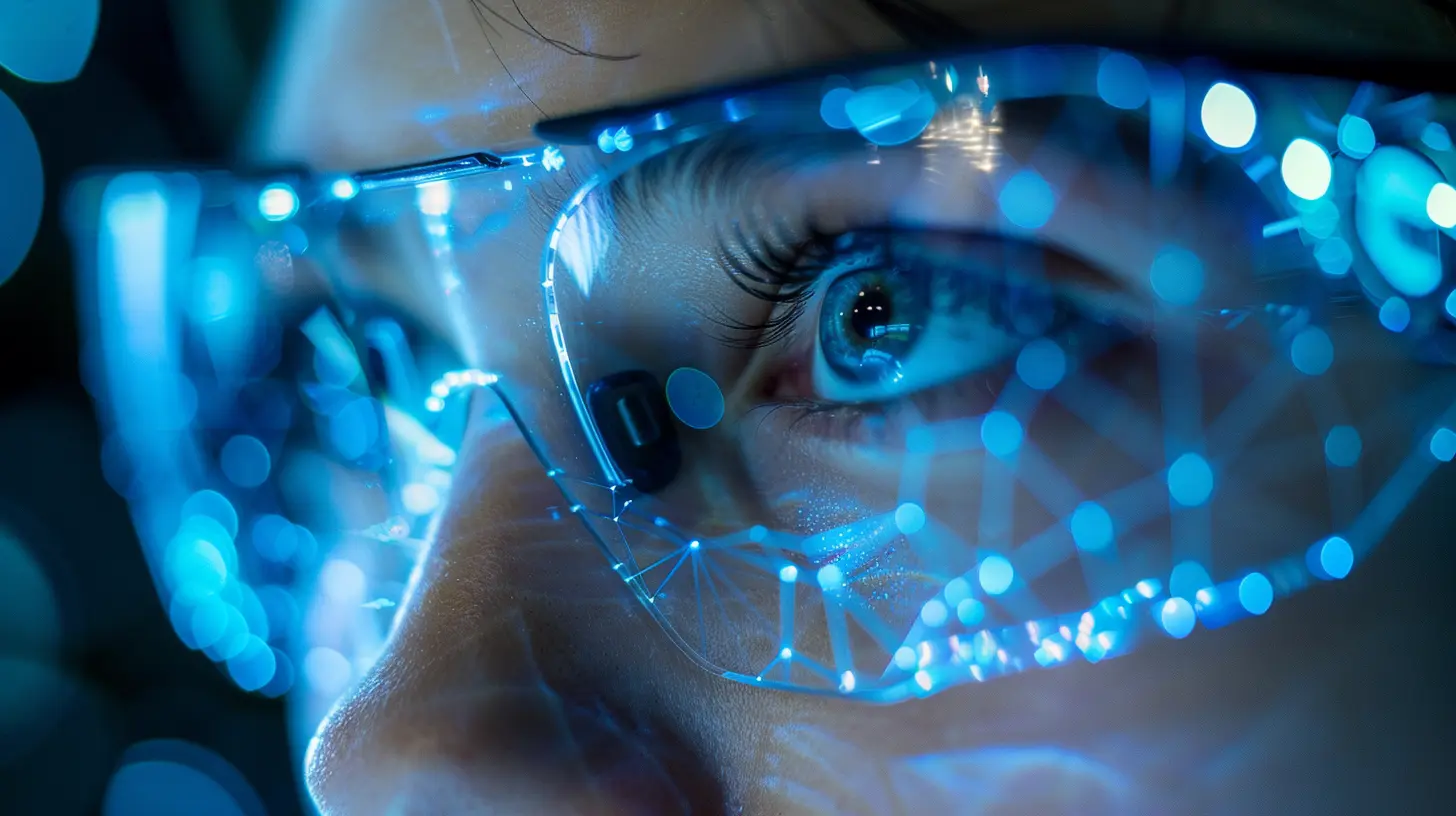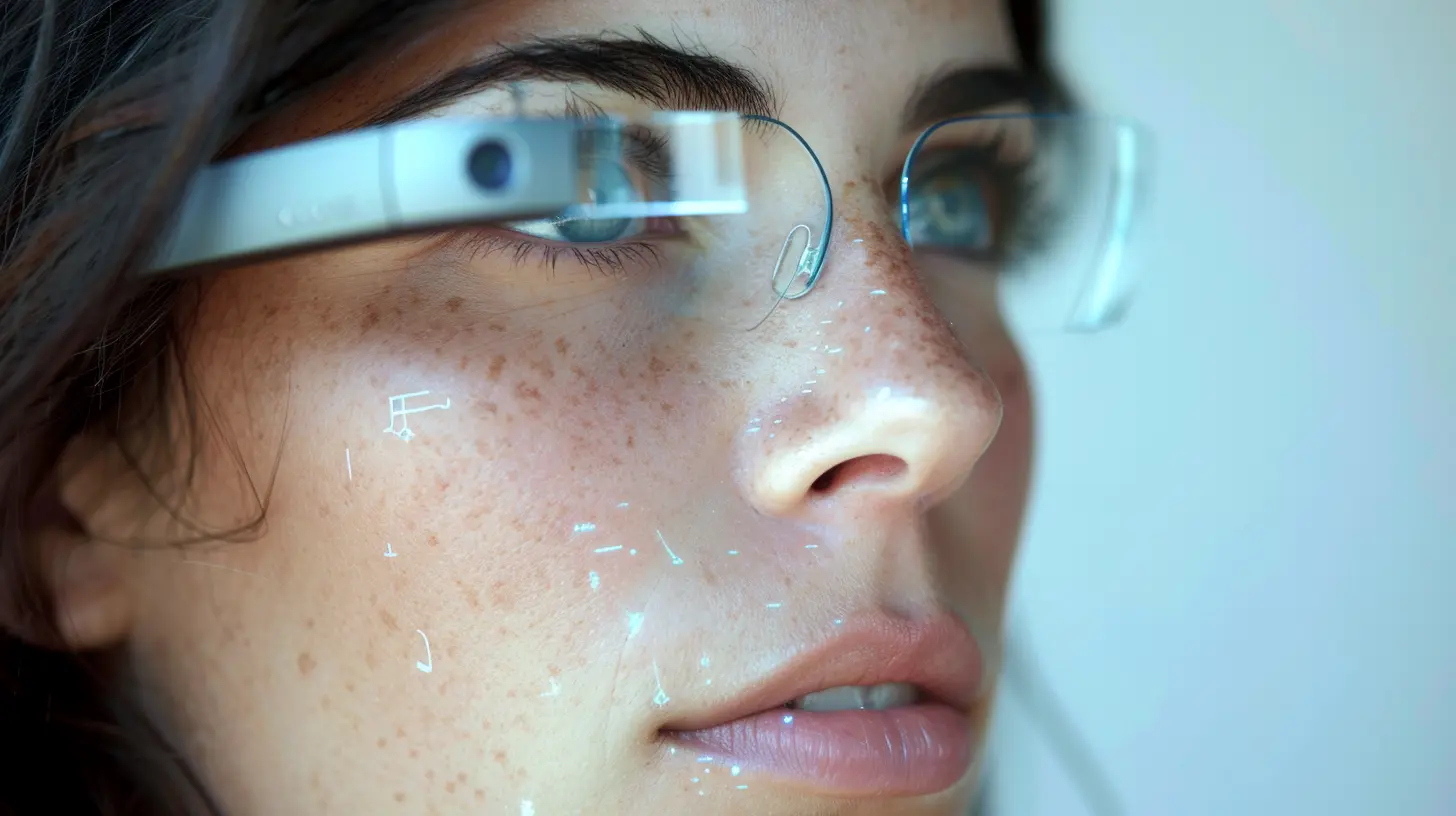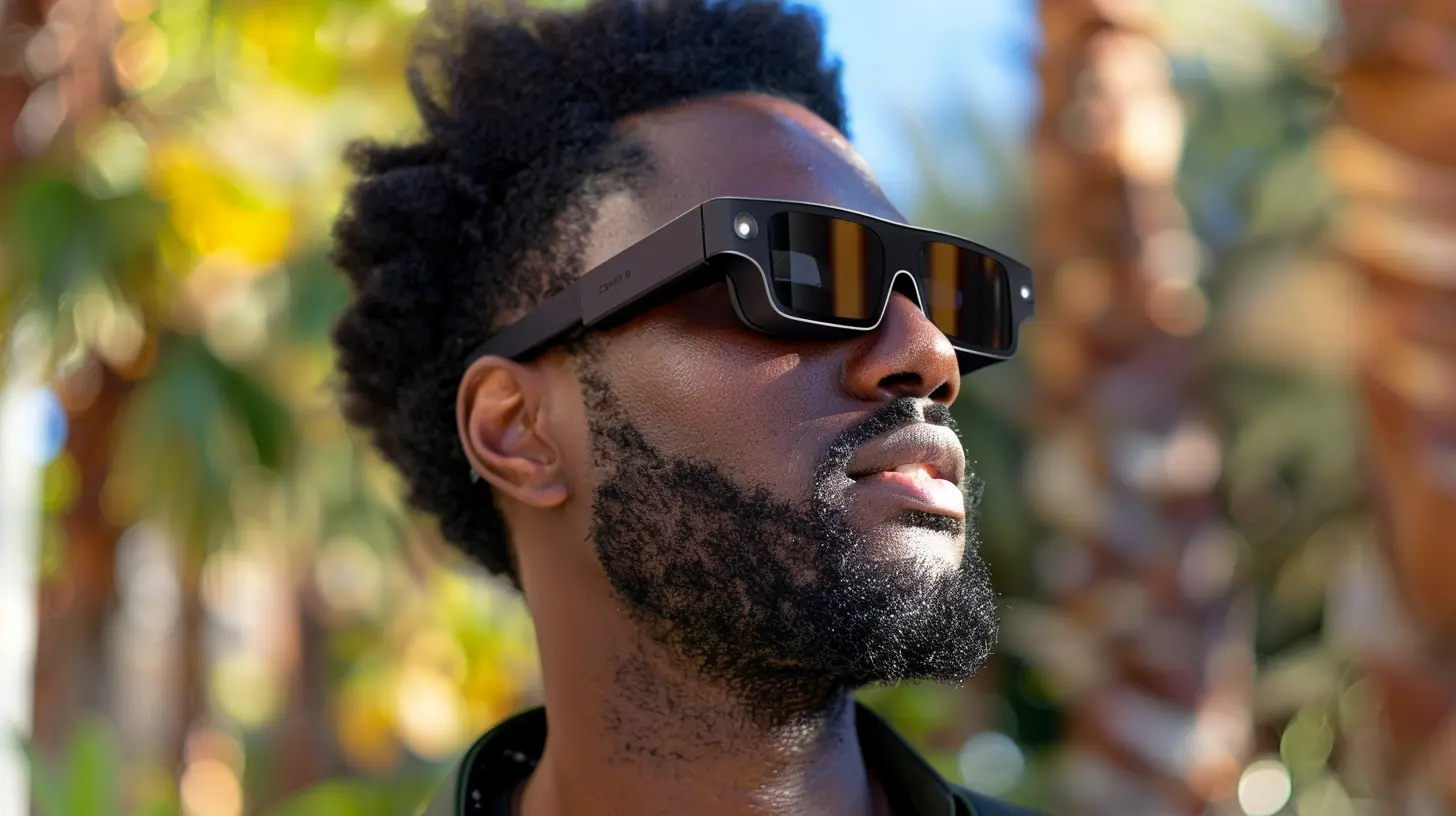How Bluetooth is Making Smart Glasses a Reality
4 July 2025
Smart glasses have long been the stuff of science fiction. You know, those sleek wearable devices with heads-up displays that make you feel like you're living in a futuristic world? Well, we’re no longer just daydreaming about them. Smart glasses are here, and Bluetooth technology is playing a massive role in making them practical, functional, and, quite frankly, cool. But how exactly is Bluetooth transforming these techy spectacles into something we might actually want to wear in our everyday lives? Let’s dive into it.

Bluetooth: The Unsung Hero of Smart Glasses
When we think of Bluetooth, the first things that likely come to mind are wireless headphones, speakers, or maybe even your smartphone pairing with your car. But the role of Bluetooth in modern technology has expanded way beyond that. Bluetooth is the unsung hero behind the scenes, making smart glasses a reality by providing seamless wireless connectivity.Imagine smart glasses without Bluetooth. You’d have cables running from your glasses to your phone or other devices. Not very futuristic, right? Bluetooth eliminates the need for wires, enabling smart glasses to stay sleek and truly "smart." Beyond just connectivity, Bluetooth allows smart glasses to interact with other devices, send data, and receive commands without you having to lift a finger.
What Exactly Do Smart Glasses Do?
Before we get too deep into Bluetooth’s impact, let’s clear up what smart glasses actually do. Essentially, they’re wearable computers that look like regular glasses but have added functionality. Some have built-in cameras, while others can display notifications, directions, or even augmented reality (AR) images right in your field of vision.In short, smart glasses are designed to keep you connected without being glued to a screen. They’re a wearable extension of your smartphone or computer, offering hands-free convenience for calls, texts, navigation, and more.

Bluetooth’s Role in Connectivity
Hands-Free Audio and Calls
One of the first and most obvious applications of Bluetooth in smart glasses is hands-free audio. Smart glasses like Bose Frames or Amazon Echo Frames come with built-in speakers embedded right within the frame. Thanks to Bluetooth, these glasses can pair with your phone, allowing you to take calls or listen to music without the need for earbuds or headphones.Because Bluetooth enables wireless audio transmission, you can have your phone tucked away in your pocket or bag and still hear everything clearly. The connection is seamless, and since Bluetooth technology has improved dramatically over the years, there’s little to no lag in audio delivery. Plus, the range of Bluetooth is impressive, so you don’t need to have your phone glued to your hip at all times.
Notifications and Alerts
Another way Bluetooth enhances smart glasses is by pushing notifications straight to your lenses. Imagine you’re walking down the street, and instead of taking out your phone to check a text or email, the notification just pops up in your peripheral vision. This is made possible through Bluetooth’s low-energy communication, which allows smart glasses to stay connected to your phone without draining the battery quickly.This is especially useful for people who spend a lot of time on the go or in environments where constantly staring at a phone screen isn’t practical (or safe). Think of smart glasses like a personal assistant that keeps you in the know without breaking your stride.

Augmented Reality and Bluetooth
Now, here’s where things get really exciting. Many smart glasses come equipped with augmented reality (AR) capabilities, which means they can overlay digital information onto the real world. Bluetooth is crucial in this process because it allows the glasses to communicate with external devices and data sources, like your phone or a cloud-based server.For example, let’s say you’re using smart glasses for navigation. Bluetooth allows your glasses to stay connected to your smartphone’s GPS, so directions can appear right in front of your eyes as you walk or drive. No more looking down at your phone for directions—it’s all right there in your field of vision. This is especially useful for cyclists, drivers, or anyone who needs to keep their eyes on the road.
Real-Time Data Transmission
The magic of AR comes from being able to send and receive real-time data, and Bluetooth plays a huge role in making that happen. Whether it’s showing you the weather forecast, translating a foreign language in real time, or even displaying a recipe while you cook, Bluetooth enables the instant transfer of information.The low-latency nature of Bluetooth ensures that this data transmission happens quickly and smoothly, without significant delays. And because Bluetooth is energy-efficient, you can use these features for longer periods without draining your battery.

Bluetooth and Voice Assistants
We’re living in the age of voice assistants. Whether it’s Siri, Alexa, or Google Assistant, these AI-driven tools have become an integral part of our daily lives. And guess what? Bluetooth is the bridge that connects your smart glasses to these voice assistants.Imagine walking down the street and needing to send a quick message, check the weather, or set a reminder. With Bluetooth-enabled smart glasses, you can simply speak a command, and your voice assistant will spring into action—no need to pull out your phone or even touch your glasses.
This is where Bluetooth excels: it provides the seamless, wireless communication needed to make voice interactions feel natural and effortless. It’s all about creating a hands-free experience that integrates smoothly into your daily routine.
Seamless Integration With Ecosystems
What’s even better? Bluetooth allows smart glasses to fit neatly into your existing tech ecosystem. Whether you’re an iPhone user or part of the Android camp, Bluetooth ensures that your smart glasses can communicate with your devices, apps, and services without any compatibility issues.Bluetooth also makes it possible to connect your smart glasses to other Bluetooth-enabled gadgets like smartwatches, earbuds, or even smart home devices. The idea is to create a completely connected lifestyle where your devices work in harmony, making smart glasses not just a standalone gadget but a crucial part of your overall tech arsenal.
Bluetooth LE (Low Energy): The Battery Saver
One of the biggest challenges with wearable tech is battery life. No one wants to wear glasses that die halfway through the day. Bluetooth LE (Low Energy) is a game-changer when it comes to extending the battery life of smart glasses, and it’s one of the main reasons why these devices are becoming more viable.Bluetooth LE is designed to use very little power while still maintaining a reliable connection. This is crucial for smart glasses, which rely on constant connectivity for features like notifications, voice assistants, and AR. By using Bluetooth LE, smart glasses can stay connected to your phone for longer periods without needing a recharge.
Always-On Connectivity Without the Drain
One of the major benefits of Bluetooth LE is that it enables always-on connectivity. This means your smart glasses can stay connected to your phone, continuously receiving data like notifications or AR updates, without killing the battery.It’s a bit like having a car that’s always idling but never runs out of fuel. Sure, the connection is always there, but thanks to Bluetooth LE, the energy consumption is minimal.
The Future of Smart Glasses and Bluetooth
Bluetooth technology is already doing incredible things for smart glasses, but what does the future hold? As Bluetooth technology continues to evolve, we’re likely to see even more advanced features in smart glasses. Here are a few ways Bluetooth could play a role in the future of this exciting technology:1. Better Audio Quality
As Bluetooth evolves, we’re likely to see improvements in audio quality. This could mean smart glasses with even better speakers or the ability to deliver immersive audio experiences like surround sound—perfect for gaming or watching videos.2. Enhanced AR Experiences
With faster and more reliable Bluetooth connections, smart glasses could offer more advanced AR capabilities. Imagine real-time facial recognition, advanced gesture controls, or even multiplayer AR games that sync up with other users’ glasses via Bluetooth.3. Longer Battery Life
As Bluetooth LE continues to improve, we could see smart glasses with even longer battery life. This could make the devices more practical for all-day use, especially for people who rely on them for work or navigation.4. More Seamless Integration with IoT
As the Internet of Things (IoT) grows, smart glasses could become a central hub for controlling all your connected devices. Bluetooth would allow your glasses to communicate with everything from your smart thermostat to your home security system, making it easier than ever to manage your tech.Are Smart Glasses the Future?
Smart glasses are undeniably cool, but are they the future? It’s hard to say for sure, but Bluetooth is certainly doing its part to make them a viable option for mainstream consumers. By providing seamless, wireless connectivity and enabling advanced features like AR and voice assistants, Bluetooth is helping to transform smart glasses from a niche gadget into something we could all be wearing in the near future.So next time you put on a pair of Bluetooth earbuds or connect your phone to your car, remember: this same technology is quietly making smart glasses a reality, one wireless connection at a time.
all images in this post were generated using AI tools
Category:
Bluetooth DevicesAuthor:

Reese McQuillan
Discussion
rate this article
2 comments
Zephyrion Estes
Great read! It's exciting to see how Bluetooth is bridging the gap for smart glasses. Can't wait for the day when I can wear them and seamlessly connect to my devices!
November 14, 2025 at 3:19 AM
Finn Allen
Incredible advancements! Bluetooth is truly transforming the future, making smart glasses more accessible and enhancing our daily lives in amazing ways.
July 10, 2025 at 2:28 AM

Reese McQuillan
Thank you! We're excited to explore how Bluetooth is revolutionizing smart glasses and enhancing everyday experiences.


